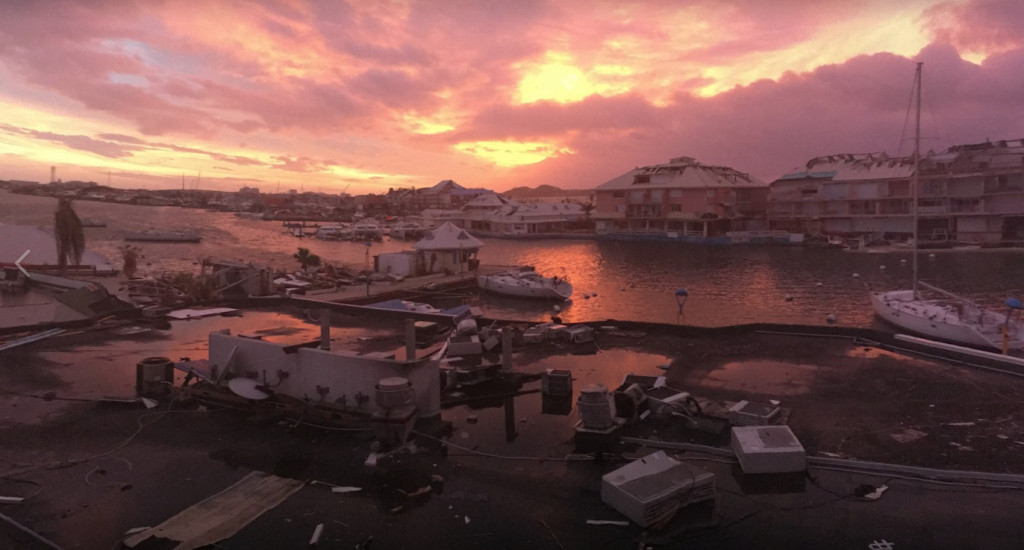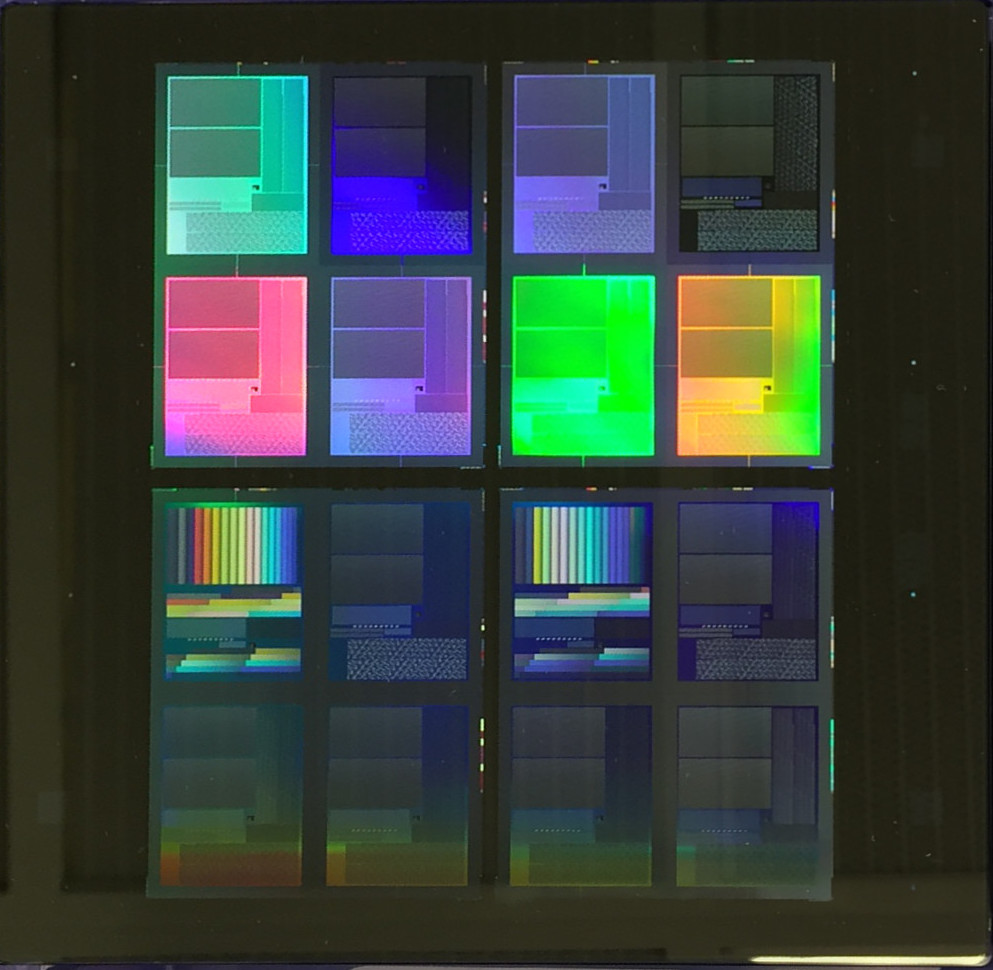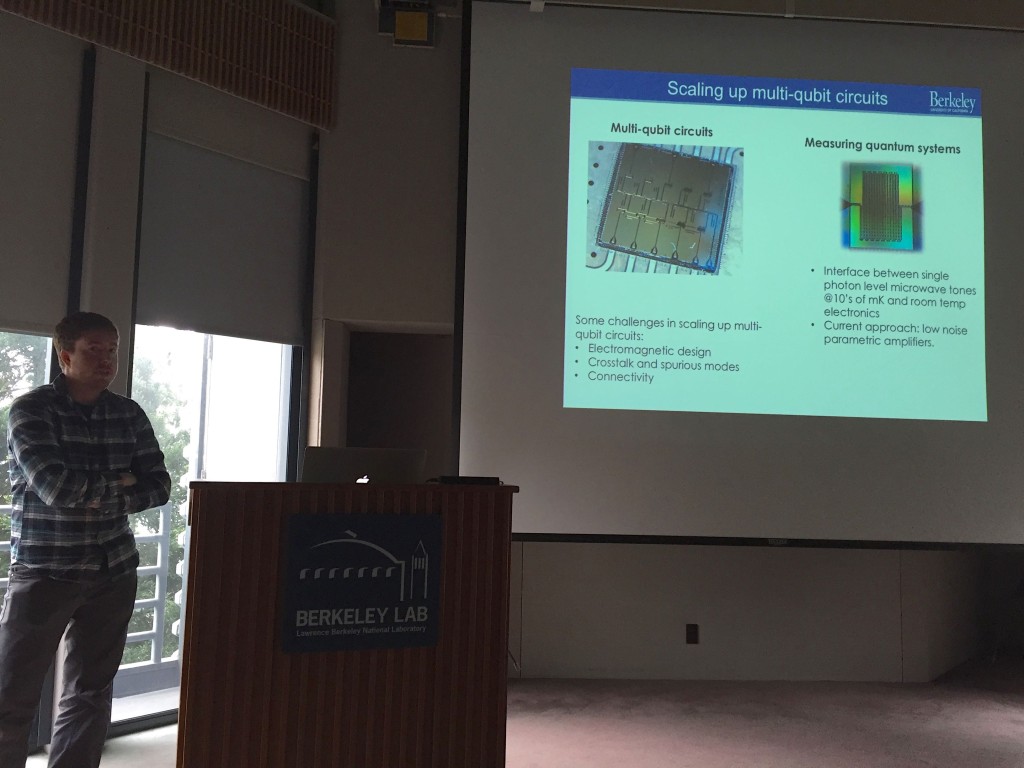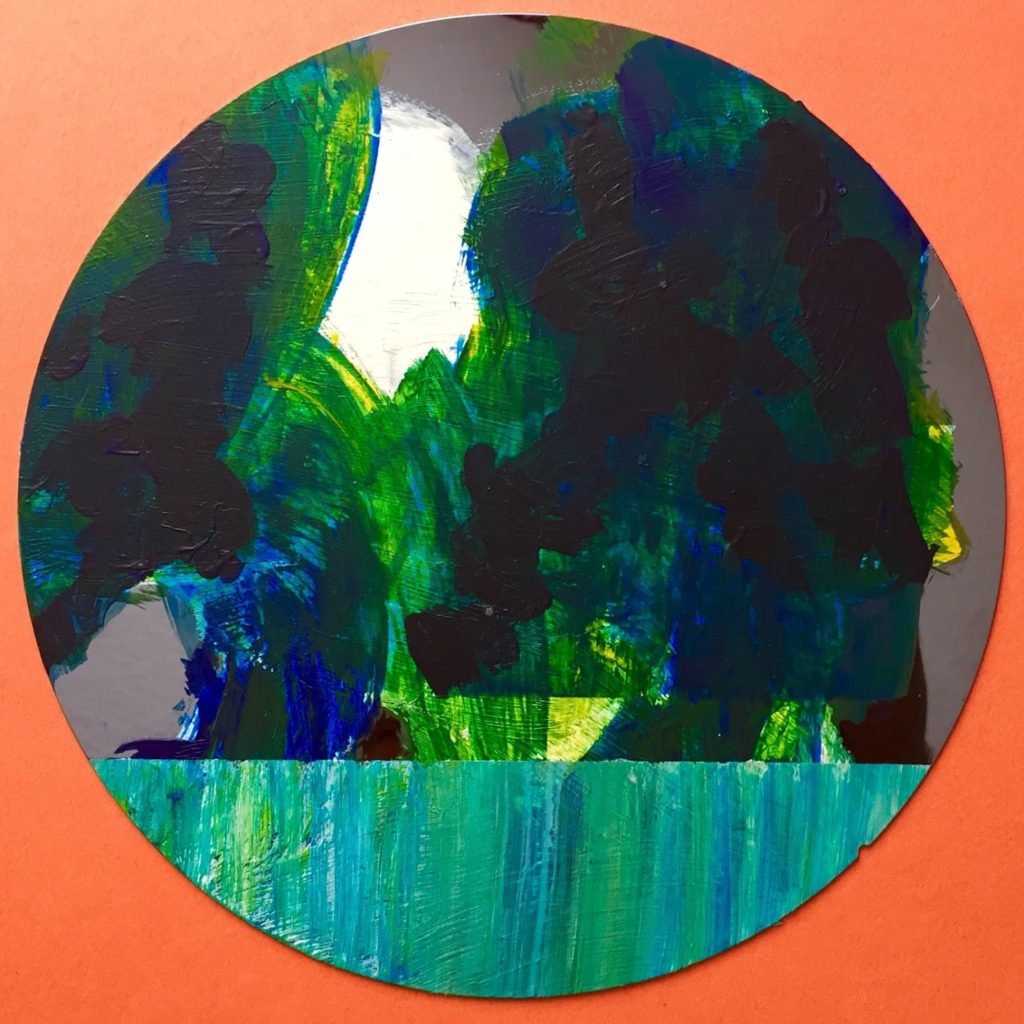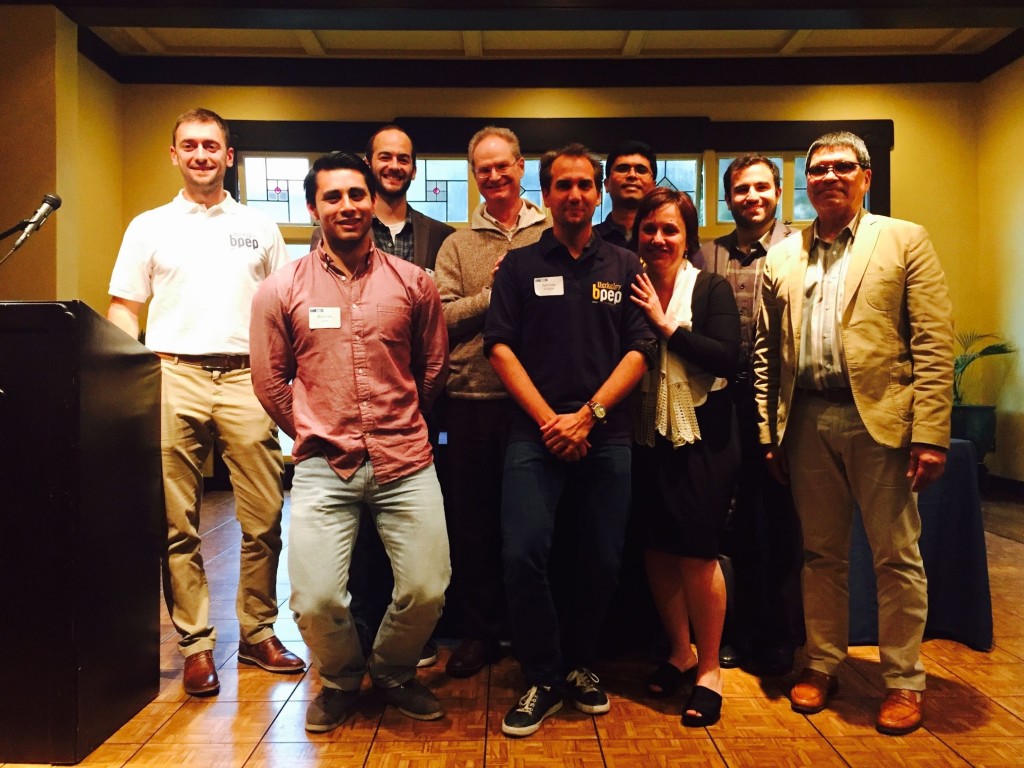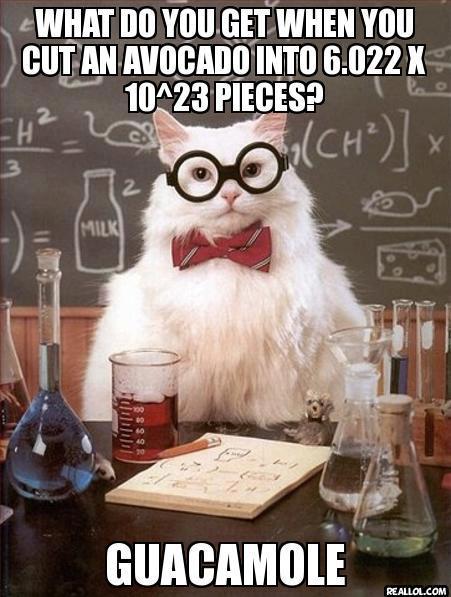This year, the recipients of the Nobel Prize were 100% men. That’s at the same sad and scary; sad because, and scary because it seems that things are not changing at the pace they should.
Subluminal
Slower than the speed of light, but not by much
Irma
My family, living in Saint Martin (French West Indies) was hit by the Hurricane Irma on September 5th, 2017.
Today, after ten days without communications (but news here and there), I was finally able to talk with them, and it’s quite a relief to learn that they are safe now.ALS-U
Some may have been wondering what I have been up to lately!
At the beginning of the year, I started working on the ALS-U project, which is the upgrade of the Advanced Light Source, the main synchrotron at Lawrence Berkeley National Laboratory. The goal is to improve the facility with a Diffraction-Limited Storage Ring (DLSR), in order to increase the brilliance of the beam, so as allow scientists from all over the world to perform the most precise experiments, allowing bright and full coherent beams with diameters as small as 10 nanometers – or twice the width of a strand of DNA. (here’s a report on all the niceties you can do with such a tool: ALS-U: Solving Scientific Challenges with Coherent Soft X-Rays)
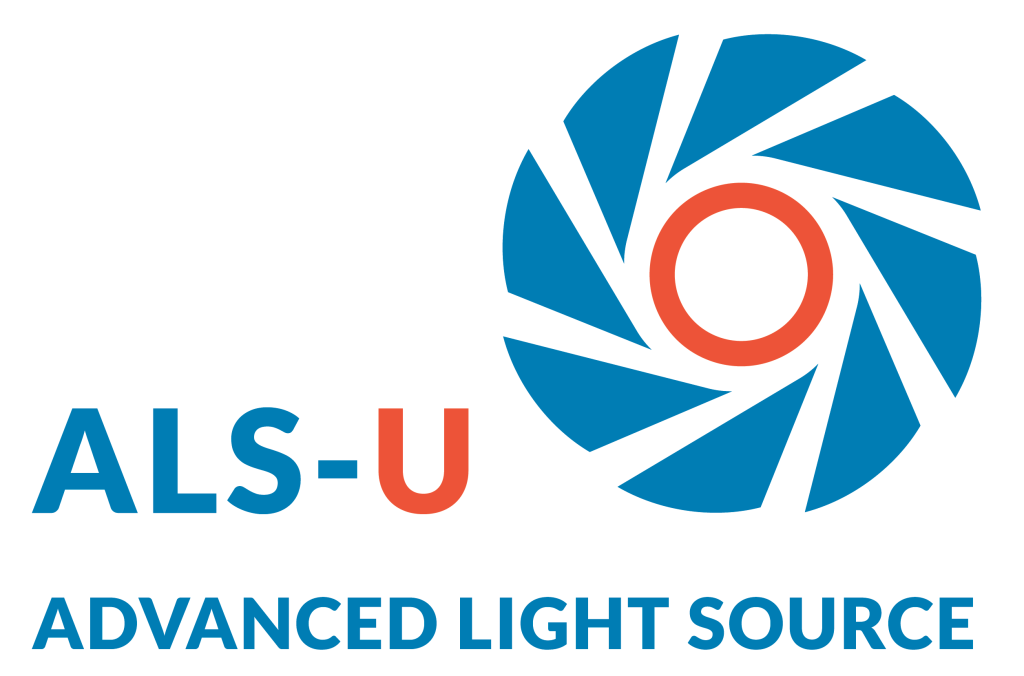 Continue reading
Continue reading
SHARP & MET5 – EUV Lithography at Lawrence Berkeley National Laboratory
Over the past four years, I’ve been working on two of the EUV tools at the Center for X-Ray Optics, and while I’m moving to new projects, it’s time I give some explanations about what these two projects are about, the SHARP EUV microscope, and the 0.5NA Micro-Exposure Tool (MET5.)
Qubit
I’ve run my first quantum computation!
Since I was working on the latest iteration of classical computer manufacturing techniques (EUV lithography), everyone asked me what were my thought on the future of Moore’s law, and what did I think about quantum computing. To the first question, I could mumble things about transistor size and the fact that we’re getting awfully close to the atomic size; to the latter question… I just had to go figure out myself!Back in April, I’ve invited Irfan Siddiqi (qnl.berkeley.edu), founding director of the brand new Center for Quantum Coherent Science, and his postdocs at Berkeley lab to give a talk to postdocs, and last the lab announced the first 45-qubits quantum simulations on the NERSC… things are going VERY fast! (read the Quantum manifesto)This is thanks to Rigetti, a full-stack quantum computer startup based in Berkeley (Wired, IEEE Spectrum).
Continue readingEnergy Dominance
To say the least, the mood is not at its peak at the lab…
We have a new Secretary of Energy – Rick Perry (R), former governor of Texas – who doesn’t seem to care much about science (e.g. he believe it’s fine to question climate change; at least there’s someone to tell him no, it’s not) and who is now on a crusade to ensure #energydominance, a concept that I try to comprehend, but really can’t.Now see his incredible op-ed in Washington Times (the black mirror of the New York Post, I guess:), Paving the path to U.S. energy dominance:Mr. Trump wants America to utilize our abundant domestic energy resources and technological innovations for good, both at home and abroad. […] An energy-dominant America will export to markets around the world, increasing our global leadership and influence. Becoming energy dominant means that we are getting government out of the way so that we can share our energy wealth with developing nations. For years, Washington stood in the way of our energy dominance. That changes now.
Holy cow! That is a genius strategy!
Oh wait… what strategy? Selling coal and gas that will be worthless in three years?
Moniz: […] With some colleagues, we’re starting up a small non-profit in the energy space and this was also a question that we intended to look at.
However, a review of this type also needs to look at the emerging technologies. For example, the utility in Tucson recently announced a long-term, a 20-year purchase-power agreement for solar energy plus storage at a pretty attractive—stunning, actually in my view—price. They quoted less than 4.5 cents per kilowatt-hour, including the storage.Madrigal: Wow. [In Arizona, the average cost of electricity in March 2017 was 9.7 cents per kilowatt-hour. Electricity prices vary around the nation, but the U.S. average was 10.3 cents per kilowatt-hour in March 2017.]
Meanwhile, the office of science at the White House is now empty. zero. nicht. kaput.
It is quite incredible to hear that, while a mere six most ago it was populated by the finest people I know, like my (extended) friend Maya Shankar… Oh boy, the second half of the year starts even better than the first half.
Oh boy, the second half of the year starts even better than the first half.
Wafer art
My father is an artist, and he recently spent a few weeks in Berkeley, where he had the chance to paint. Since painting on a canvas is boring, I thought he could try to paint on pieces of silicon wafer, which are the principal component for the fabrication of microprocessors, and indeed he did:
I was able to salvage an EUV photomask from my lab, which is basically the gold master for engraving these microchips. These surface are extremely precise (down to the atomic level), yet the paint stuck:
There’s also a swath of art in-silico, not too far from David Hockney’s iPad paintings.
Happy birthday dad!
(some of his artwork is available here: romain.wojdyla.fr.)Open Access
My article for the Berkeley Science Review on Open Access is out, and it is available here (for free, of course!): Science to the people.
“Astronomers and physicists have been sharing pre-prints since before the web existed,” says Alberto Pepe, founder of the authoring and pre-printing platform Authorea. “Pre-prints are an effective (and fully legal) way to make open access a reality in all scholarly fields.” Within hours, articles are available online, and scientists can interact with the author, leaving comments and feedback. Importantly, submission, storage, and access are all free. The pre-printing model ensures that an author’s work is visible and properly indexed by a number of tools, such as Google Scholar.
Special thanks to Rachael Samberg from thee UC Library and Alberto Pepe from Authorea.
Things seems to change quickly in that field, thanks to institutional efforts:- Chan Zuckerberg Initiative acquires and will free up science search engine Meta
- Elsevier journals are back online at 60 German institutions that had lost access
- BioRxiv preprint server gets cash boost from Chan Zuckerberg Initiative
Here’s a list of resources that I’ve compiled from the talk by Laurence Bianchini from MyScienceWork when I invited at LBL, and a piece written by Nils Zimmerman on Open Access at LBNL: Open Access publishing at Berkeley Lab.
Farewell to BPEP!
Yesterday, I’ve organized my last event with the Berkeley Postdoc Entrepreneurial Program (bpep.berkeley.edu), an association dedicated to helping young researchers turning their science into companies that can benefit the economy directly. I served for about two years as the liaison for Berkeley Lab, and helped organize over a dozen events, directly responsible for four of them (on government funding, intellectual property, the art of pitch, and lastly a job fair.)
